
Underwater Cave Discovery Features Stunning Red Coral Garden
“Cave b” harbors the most dazzling population of red coral in the Mediterranean, but its discovery calls for renewed conservation efforts.
In a shallow underwater cave off the southern coast of France, a team of scientists and conservationists discovered a stunningly pristine population of Mediterranean red coral.
“I remember my first thought: ‘Man, I don’t think there’s anything so special in here,’” recalls Joaquim Garrabou, a marine ecologist with the Spanish Research Council and head of the research team. His colleague, Jean-Georges Harmelin, had discovered the site while surveying grouper populations in the Scandola Nature Reserve, off the coast of Corsica.
Garrabou soon changed his tune, when the submerged cliffs of unassuming rock opened into a stunning sight: a cave over 3,000 square feet in area, full of the densest population of large red coral colonies ever discovered, let alone at such a shallow depth. The research team mumbled joyfully to each other through their regulators. The dome-like overhang put ecologist Silvija Kipson in mind of a past trip to the Sistine Chapel: “head constantly up, gazing in awe at a masterpiece crafted by nature.”
“During my twenty-five years as a marine biologist, I’ve never seen something like this,” says Garrabou.
Individual red coral specimens, called colonies, spread vibrant crimson branches from the walls and ceiling of the overhang, their ghostly polyps waving in the current as they filter a meal of algae and zooplankton. Sponges cluster among the coral; a wide variety of fish species shimmer in the dim light.
“For the first fifteen minutes, we were very focused, taking pictures and making measurements,” says Nuria Teixidó, another member of the research team, which was supported by the National Geographic Society’s Pristine Seas initiative. “But when we finished, we took a little time to ourselves, to observe, to leave the camera and really enjoy, really see…time stopped.” (See breathtaking photos of the Mediterranean from Your Shot photographers.)
Though the discovery was made in 2010, the team's study, published today in Scientific Reports, provides the first public glimpse into this unique site—and into the state of red coral throughout the Mediterranean.
Called Cave b, the place is “like a window to the past,” says Emma Cebrian, a marine ecologist and one of the study’s co-authors, imagining an era before human exploitation of coral.
To sustainably manage marine reserves, conservationists must understand what healthy, pristine ecosystems look like, in order to know how to shape strategies for recovering ecosystems. Cave b, with its mature coral population and thriving community of sponges, fish, zooplankton, and other marine life, paints them a clear target.
Most coral populations in the Mediterranean harbor small, loosely gathered colonies—centuries of overexploitation prevent populations from recovering to full maturity. Prior to the discovery of Cave b, it was thought that larger colonies could only grow in deeper sites. Yet the size and health of Cave b at such a shallow depth contradict this thinking.
There, some colonies stretched to over a foot in length, the largest the team had ever seen in living specimens. Later analysis revealed that the Cave b population boasts one hundred times the biomass of the next largest population known.
“It’s a museum full of treasure, but without doors and locks,” says Enric Sala, National Geographic explorer-in-residence and founder of the Pristine Seas project, who also co-authored the study.
Motion detectors and laser grids may be absent, but this treasure is hardly unguarded: the Scandola Marine Reserve, where the cave was found, is a protected area and UNESCO world heritage site, often hailed as a global model of conservation management. Cave b is situated in a no-take zone, where all scuba diving, fishing, and other activities are strictly prohibited.
Other sites have not been so lucky.
A Red Coral Gold Rush
Since the Neolithic era, red coral has been harvested in droves, its skeleton—which, unlike other corals, is a brilliant red throughout, rather than sporting only a thin layer of reddish algae—polished and fashioned into prized jewelry. Considering the animal to be a potent charm, ancient Romans hung branches of coral around their children’s necks to protect them from danger. Kings and empires squabbled over control of key coral-harvesting sites, eager to benefit from a monopoly on trade of the precious ornaments, hauled up by the boatload. (Learn how archaeologists discovered 23 shipwrecks in 22 days.)
In the 20th century, the “St. Andrew’s cross” historically used to harvest coral—a heavy wooden cross with attached nets—was replaced by motorized vessels that dragged metal dredges through coral beds, devastating populations. While this practice was outlawed in 1994, it is still legal to harvest red coral by scuba diving.
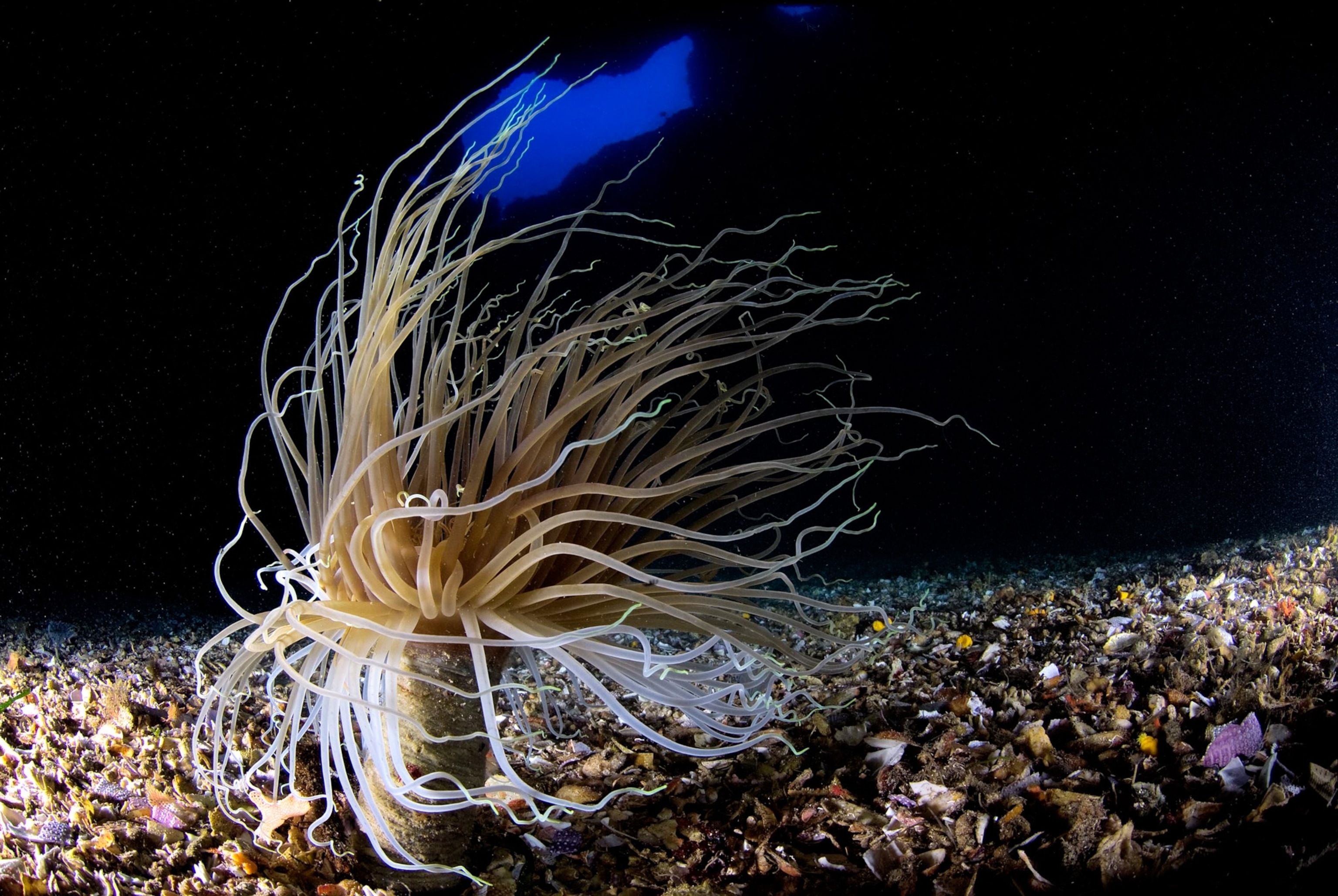
And demand has only increased: the most valuable of the world's precious corals, Corallium rubrum can today go for as much as $1,000 a gram, with Chinese consumers proving an especially eager market. In some cases, commercial interests have obstructed efforts to pass international legislation protecting populations from overharvesting.
“The magnitude of loss of large red coral colonies due to overexploitation…is comparable to mass deforestation at a continental scale,” as in the Amazonian rainforest, the study finds. (See vibrant pictures of a surprising Amazonian coral reef.)
As an engineer species, red coral is the literal foundation of many Mediterranean ecosystems, shaping the physical environment and providing a habitat for fish and a variety of other marine life. But, the authors argue, its populations are now so decimated it is unable to fulfill that critical role, rendering it ecologically extinct.
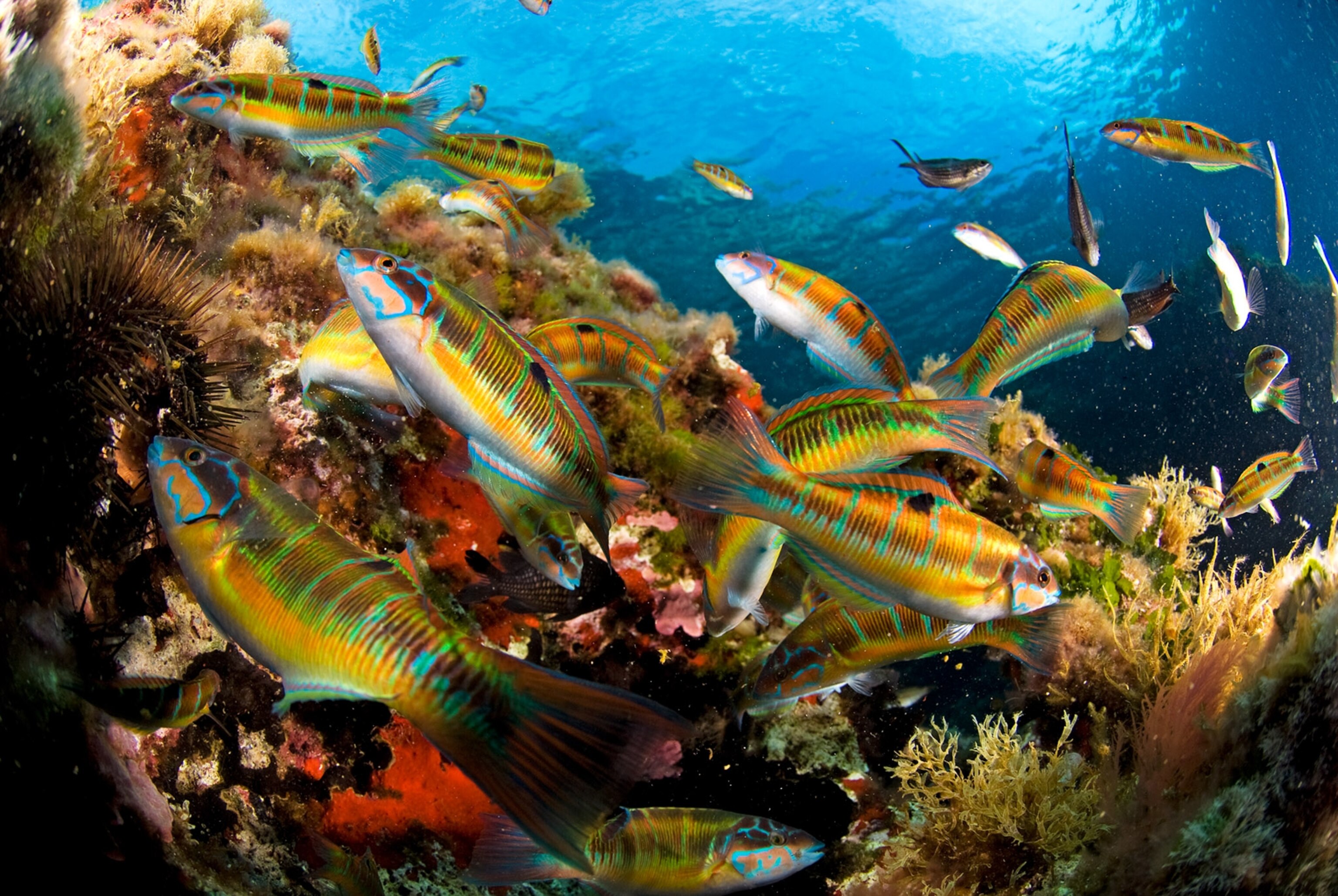
Red coral is long-lived and slow-growing: in the course of a year, the continents move over a hundred times farther than a single colony expands its diameter. "A colony the size of your extended hand can be 300-400 years old," Sala pointed out. And while colonies damaged by fishing have a high capacity for survival and regrowth, age and resilience alone can’t shore up vulnerable populations against the tides of human exploitation—and of pollution, ocean acidification, and warming water.
As a relatively shallow sea, the Mediterranean is acutely affected by climate change, even in cooler areas where red coral is more abundant. “You only need to visit a coralligenous outcrop that is completely dead after a heat wave, when it was a hotspot of biodiversity and natural heritage only a few months ago," says Cebrian, in order to understand the impact of climate change on coral populations already weakened by overexploitation. (Read about why nature makes us happy.)
Historically overfished, heavily polluted, and host to hundreds of invasive species, the Mediterranean is "a microcosm of what's happening in the global ocean," said Sala. "Because of global environmental degradation, we face a serious problem of perception. What we believe is 'natural' is what we first saw as kids. Imagine what's natural for today's kids! Re-shifting our personal baselines is essential to make people care about conservation."
Turning the Tide?
The dazzling colonies discovered in Cave b are just that baseline, the scientists say: proof that it is still possible for Mediterranean red coral to exist in a pristine state. And although the road to ecological recovery may not be easy, and any positive effects will take decades to become apparent, this team believes it’s possible with public support and smart management.
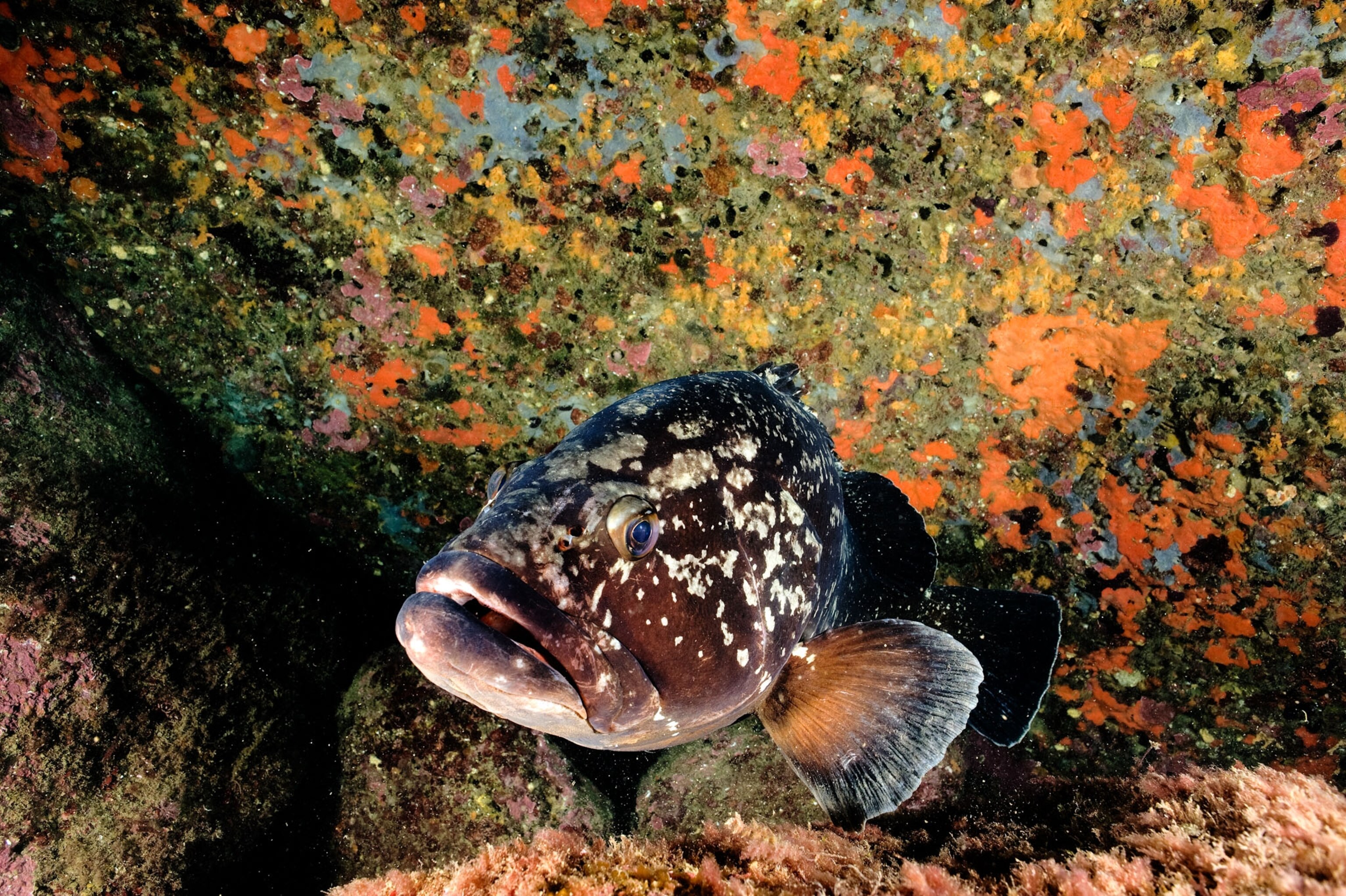
The first step is to protect and preserve healthy populations, like that in Cave b, and use them as a model to expand protection to more debilitated areas. Research has even revealed coral genotypes that are more tolerant of temperature changes, which can be transplanted into more at-risk sites. However, this technique is a stop-gap—in the long term, it’s a matter of tightening harvesting regulations and establishing a network of protected areas throughout the Mediterranean in order to allow populations to reach maturity, the paper argues.
Despite the daunting obstacles, some progress has been made, and further steps are being taken. The IUCN Red List notes that red coral is endangered, easing the passage of protective legislation at national and international levels. The Catalan government recently announced that a decade-long moratorium on fishing will be put in place by 2018. And some jewelry companies, recognizing the difficulty of sustainably sourcing coral, have even refused to carry coral products.
For marine ecologist and study co-author Cristina Linares, the discovery of Cave b’s astounding red coral population is a beacon of hope. “At this moment, for the first time, I am optimistic,” she said.
Follow Rachel on Instagram and Twitter.
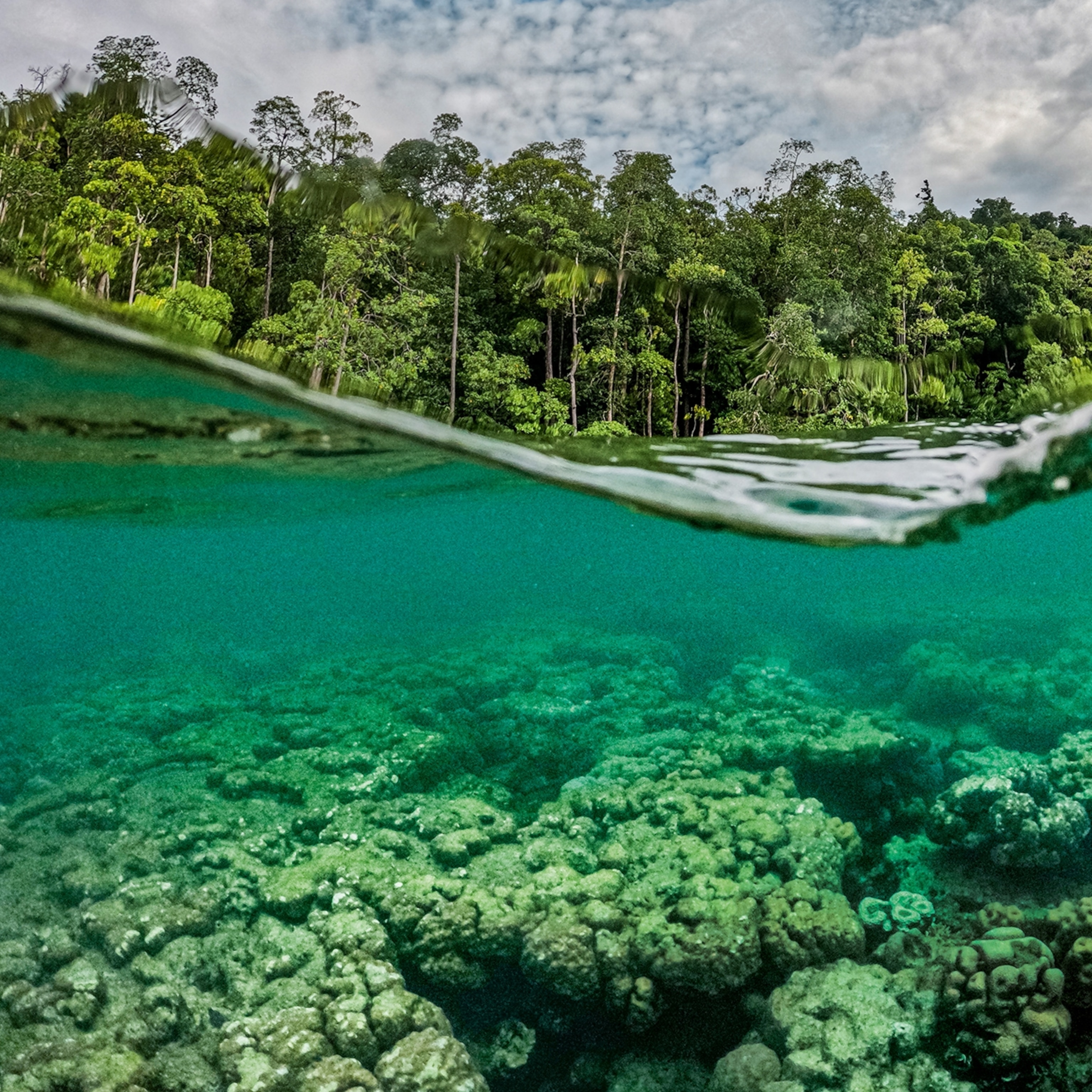
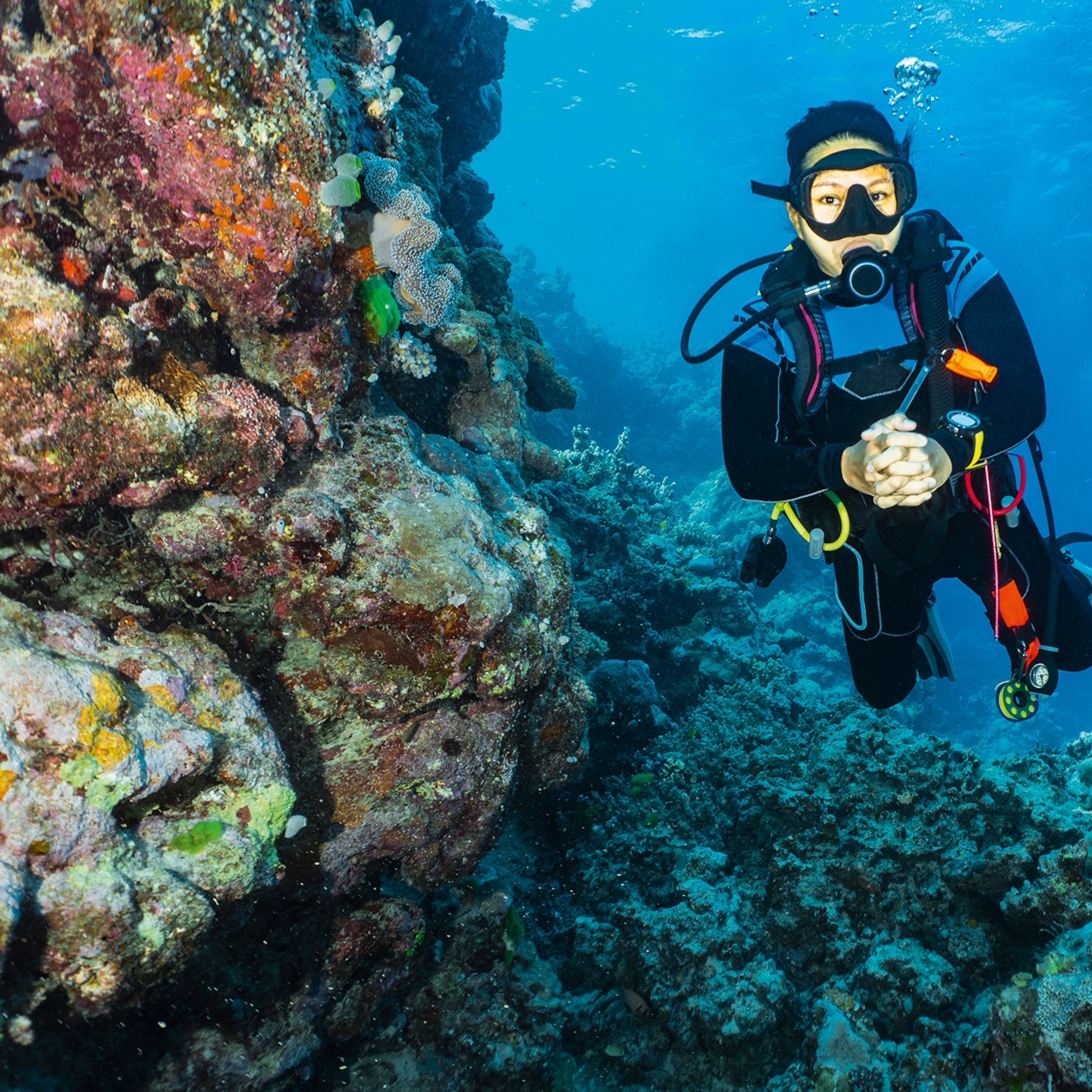

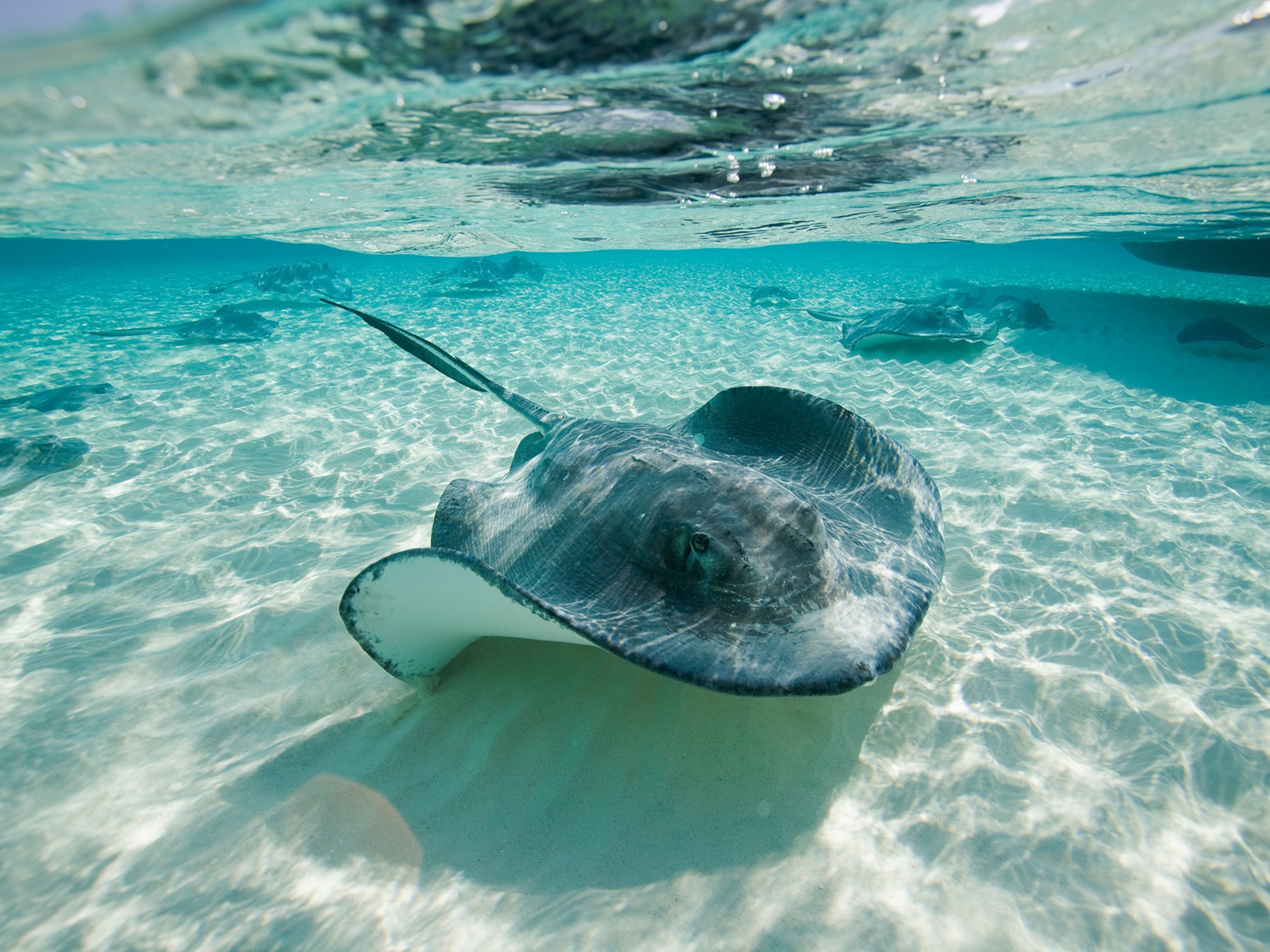
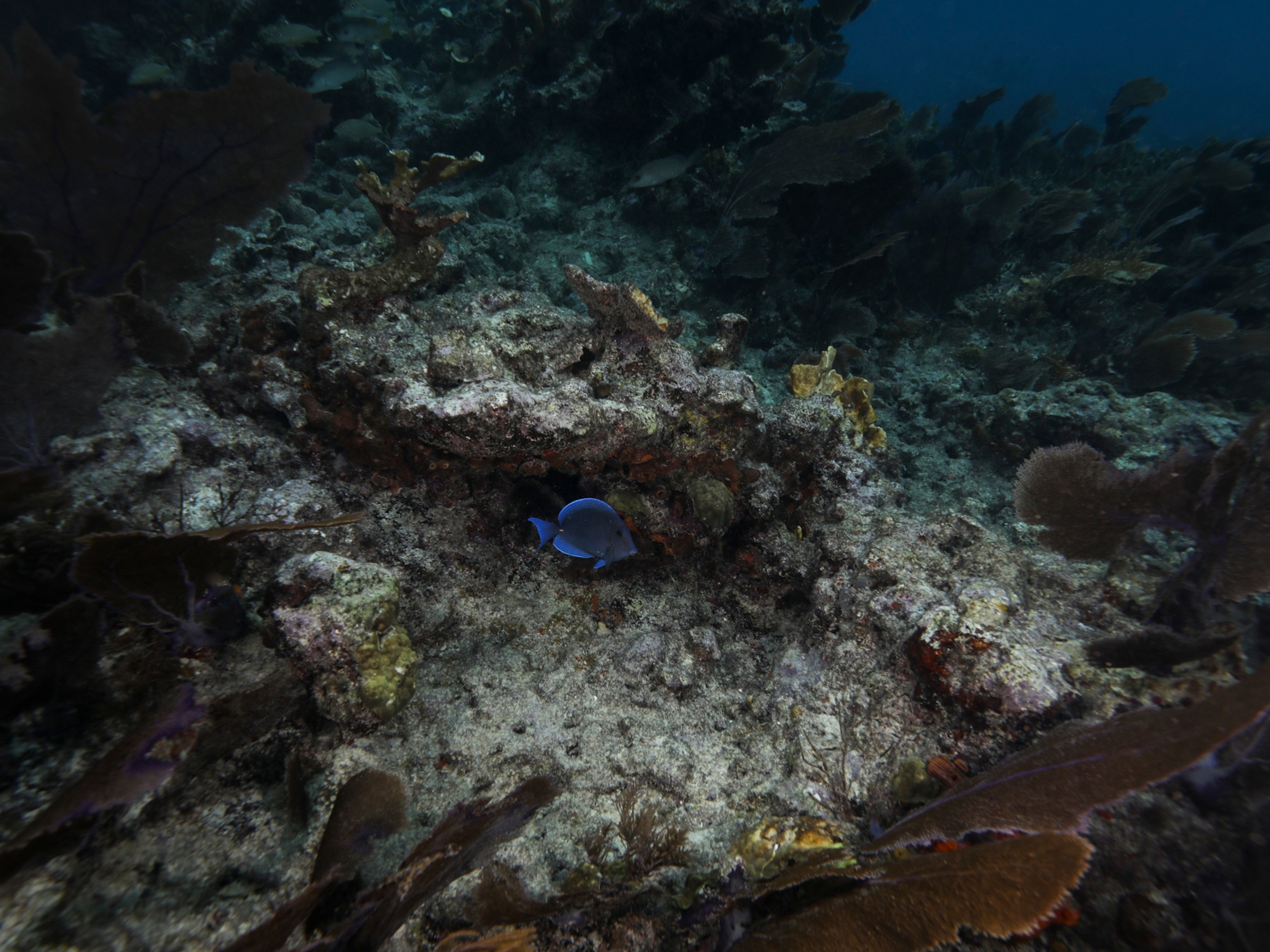
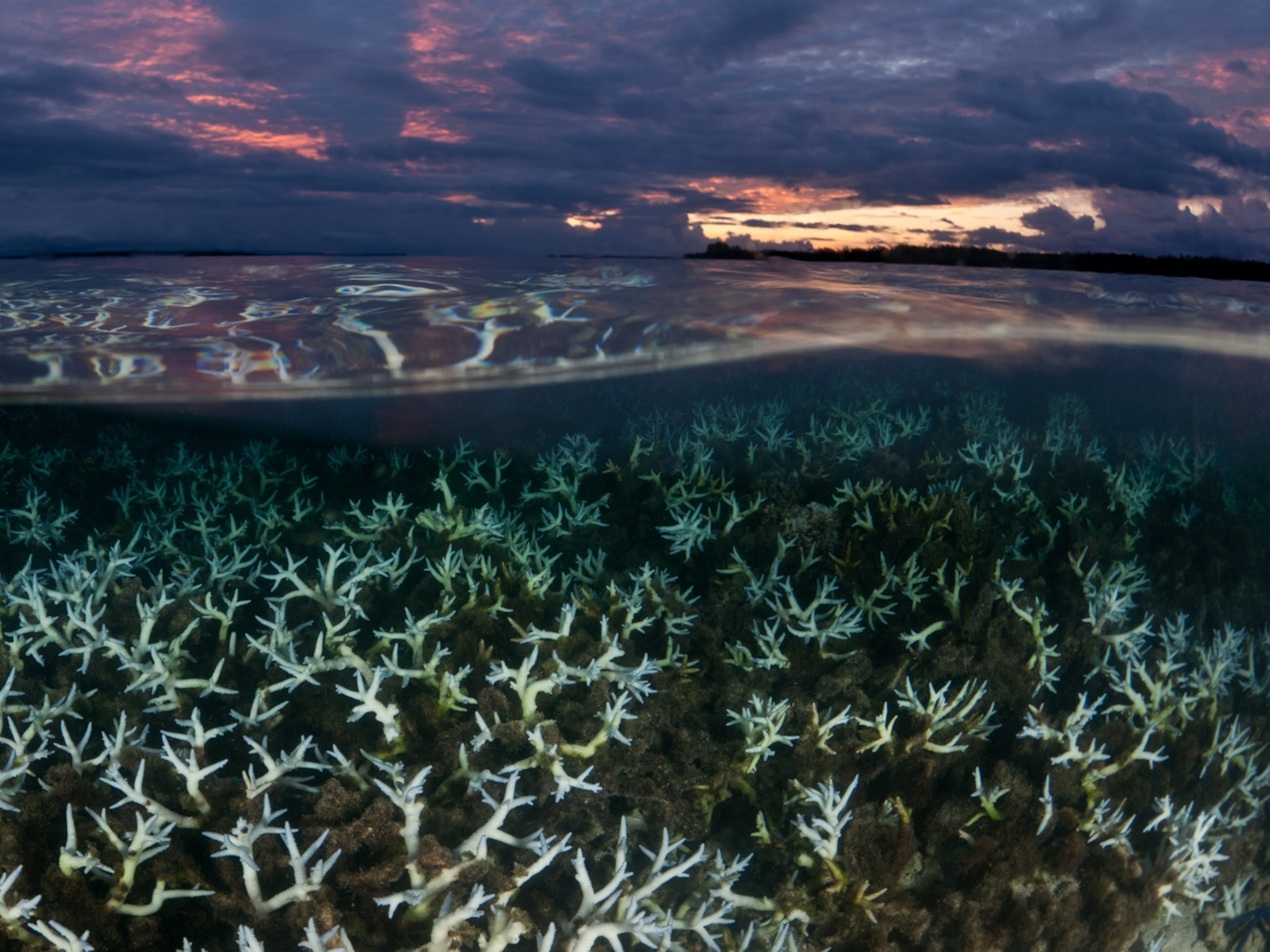
_4x3.jpg)
